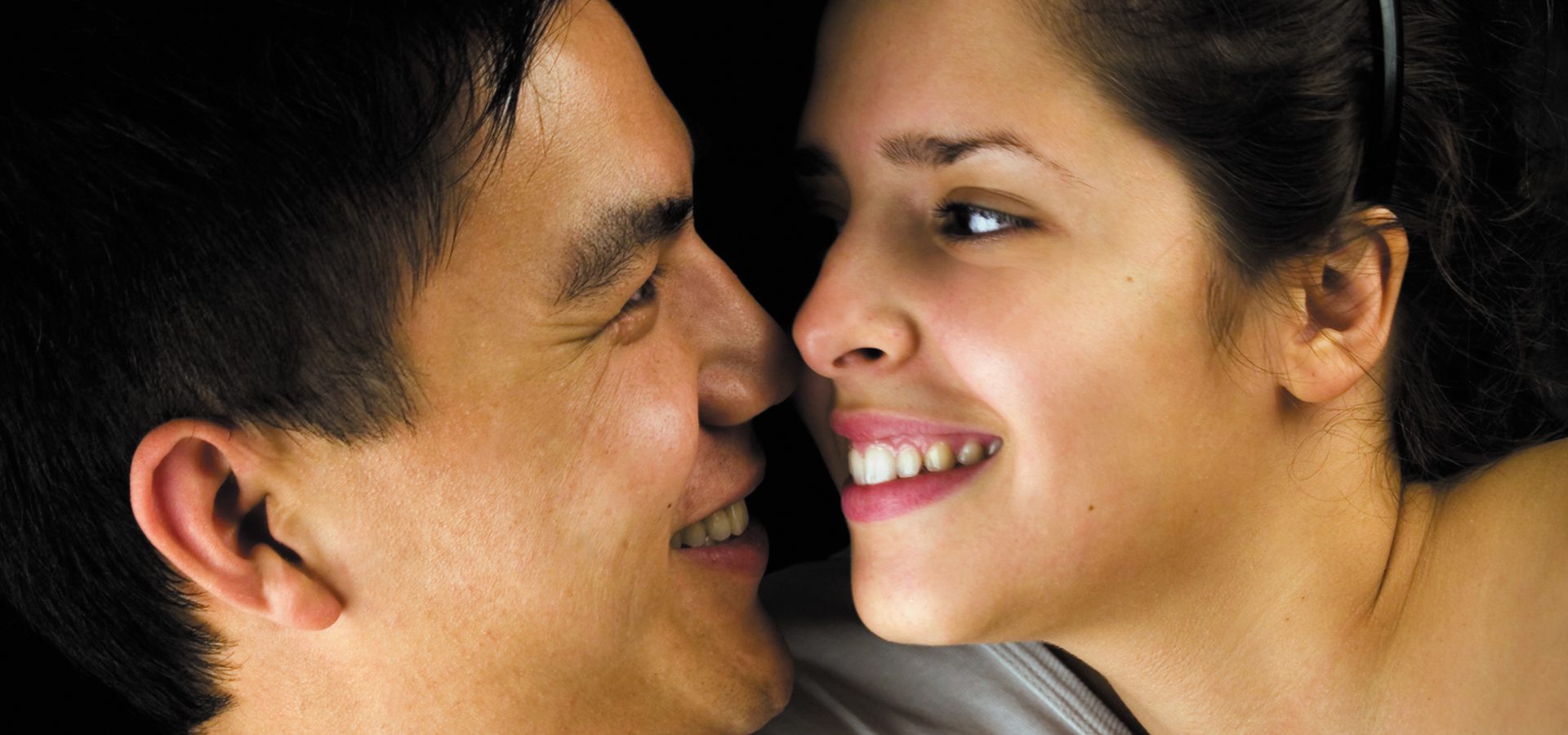Healthy relationships
Support for Fathers is providing options for dads to have a healthy relationship with their partner.
A healthy relationship is founded on honesty, respect, trust and equality1. A healthy relationship leads to confident, supported and happy parents – which is great for kids! It also means dads end up spending more time with their kids, kids are emotionally better off, and mums feel more supported and are more likely to be better mothers2.
The Support for Fathers national survey asked dads, families and support services what they think we should be talking about3.
You told us a healthy relationship between a dad and his partner is about:
- Sharing parenting roles
- Supporting each other
- Making time for each other
- Positive communication
- Knowing each other’s parenting styles
- Teamwork.
Let’s have a look at this in more detail. Below we give dads and their partners examples of how they can do all of these things and hopefully have a healthy relationship.
Sharing parenting roles
Dad can talk to mum/partner and figure out who does what to make sure their kids have all that they need. So how does dad and mum/partner share roles?
Examples might be:
- Household chores
- Kids’ school, kinder or childcare drop-offs and pick-ups
- Kids’ bathtimes and bedtimes
- Kids’ sport, music lessons or play dates
Supporting each other
We are talking about dads providing support to their partner when times are challenging but also when times are good.
Here are some ways dads and mum/partner can support each other:
- Check-in on how things are going today or this week
- Listen to what each other has to say
- Be honest about feelings and thoughts
- Make the relationship a priority
- Work together
- Celebrate the relationship.
Making time for each other
Dads – take time out of the day to think about your relationship and figure out what bits are working well or not working well.
Try following these steps:
- Reflect – think about your relationship today, this week or this month
- Learn – talk about what you noticed about yourself
- Grow – figure out where you might need to improve or try something new
- Thrive – if something worked well, keep it up.
Positive communication
Healthy relationships are formed on open and honest communication. This means being open and honest in the way dads talk and behave with their partner and family.
Communicating not only helps to meet dads’ needs, but it also helps dads to be connected in their relationships4.
Positive communication is about:
- Listening to each other
- Being clear about thoughts and feelings
- Body language matching what is being said
- Being on the same page.
Doing these things well goes a long way to improving the health of a relationship.
Knowing each other’s parenting styles
Parenting styles depend on the scenario and the moment in time between a parent and their child. Different parenting moments offer up opportunities for different parenting responses.
Dad and their partner can figure out their own parenting styles by doing the following:
- Talking about their own parenting strengths and gaps
- Reflecting on their child’s needs are every day or week
- Matching parenting strengths to the child’s needs
- Sharing the roles evenly
- To address the parenting gaps, work together to turn these around
Teamwork
A great way to look at the family is as a team. Every family member plays a role and has a responsibility to ensure a healthy family. Parents lead the team and the relationship between them is pivotal. Here are two ways to think of the family as a team:
Sports team:
- Coaches – dad and mum
- Players – kids
- Venue – family home
- Trainers – grandparents, aunties, uncles, babysitters or friends
- Supporters – your neighbourhood or local community
Work team:
- Team leaders – dad and mum
- Employees – kids
- Workplace – family home
- Support staff – grandparents, aunties, uncles, babysitters or friends
- Investors or funding body – your neighbourhood or local community
A coach or team leader provides guidance, supervision, learning opportunities and steps in when necessary.
Coaches and team leaders work together, learn each other strengths and weakness, use open communication and engage respectfully to provide leadership to the team.
References
- (2018) Building healthy relationships. Healthdirect Australia. Available from: https://www.healthdirect.gov.au/building-healthy-relationships.
- (2006) The Importance of Fathers in the Healthy Development of Children. USA: The Department of Health and Human Services.
- (2019) Support for Fathers national survey. Melbourne: Relationships Australia Victoria.
- (2018) Relationships and communication. Victoria: Better Health Channel. Available from: https://www.betterhealth.vic.gov.au/health/healthyliving/relationships-and-communication.
